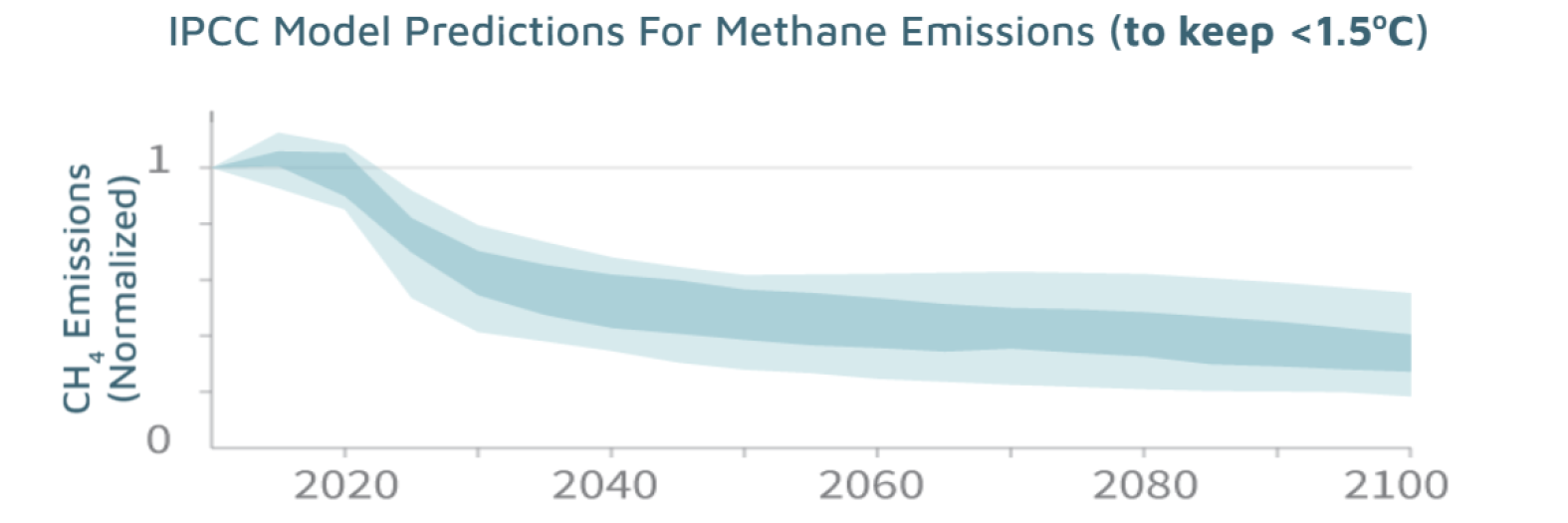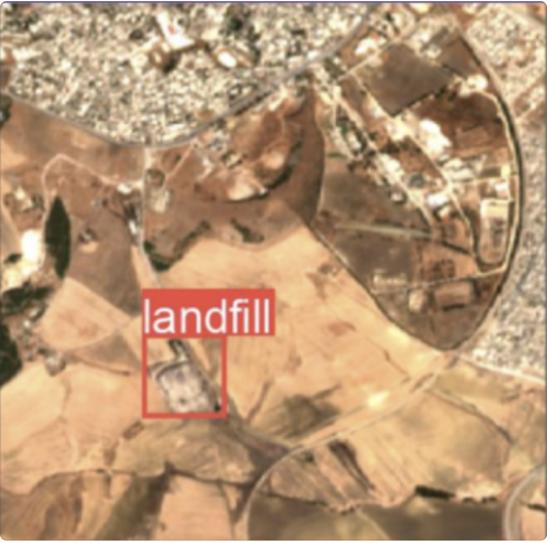Landfill Detection in the Wild
Methane is a highly potent greenhouse gas with 16% contribution towards global greenhouse emissions and ~30x stronger green-house effect than CO2. Removing Methane is expected to be more effective at reducing temperature. One of the major sources of Methane are landfills (17% of Methane emissions in the US in 2019). With the advent of readily available satellite data through EPA’s Copernicus and other programs, there have been some efforts to perform automatic detection of landfills and Methane leaks. However, in our literature survey we found that most of these attempts have either been largely qualitative or didn’t utilize state of the art techniques. In our work, we use Sentinel - 2 data in the visual band and deploy modern computer vision models to develop an automated pipeline for landfill detection as the first step towards reducing Methane emissions and help the developing world keep track of landfills and waste management. Our 2 stage model performs quite well at this task with an f1 score of 0.79 on the classification task and f1 score of 0.45 on the localization task on the unseen test data. In addition, our models generalize well to a new dataset of images generated by our pipeline using the latitude and longitude co-ordinates of 10 cities in India.











